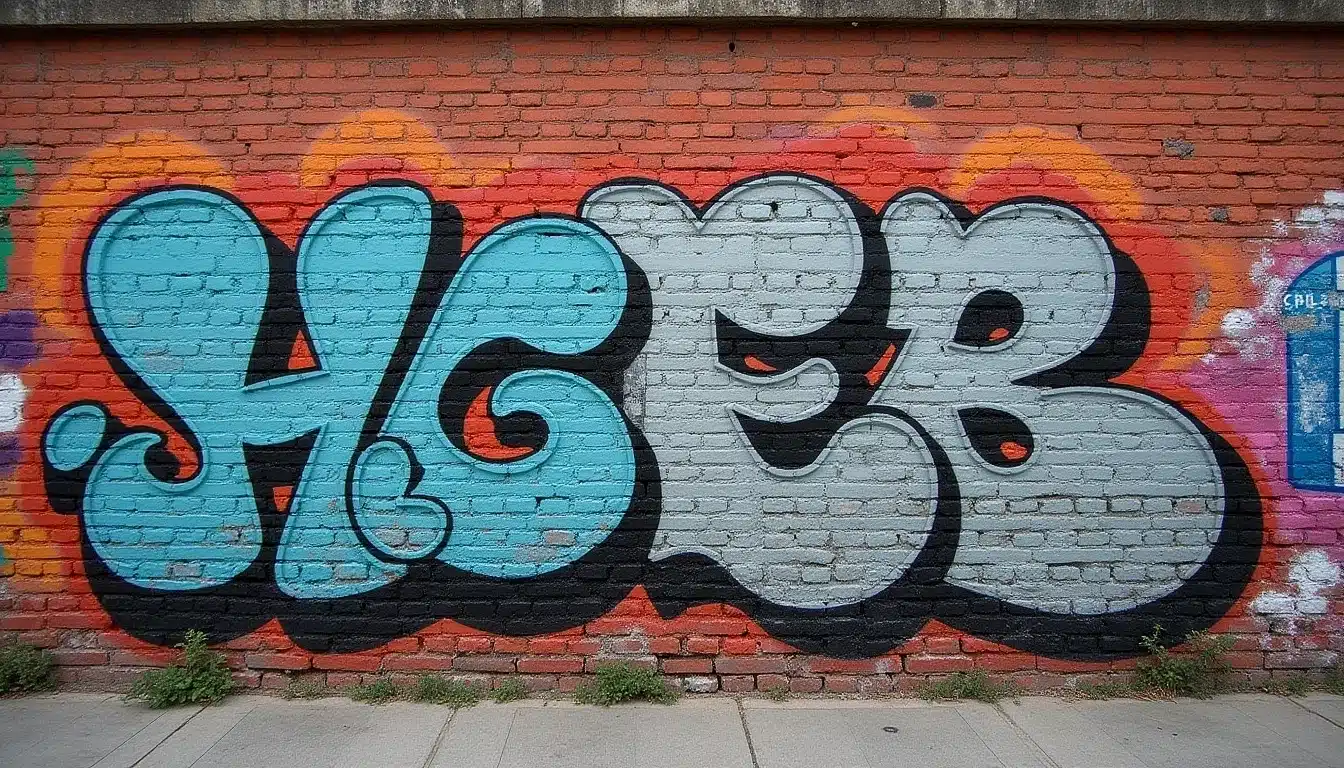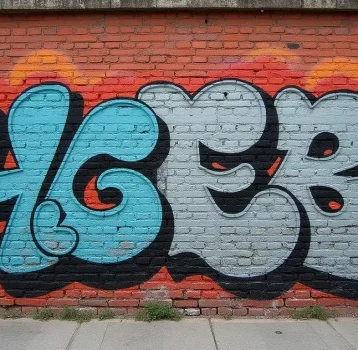Introduction
In recent decades, street art has emerged as a powerful force in the global art scene, transcending its underground origins to become a celebrated and influential form of artistic expression. Once perceived as vandalism or an act of rebellion, street art is now recognized for its ability to challenge societal norms, provoke thought, and transform public spaces into vibrant canvases that reflect the spirit of their communities. This essay will explore the history, evolution, techniques, and cultural impact of street art, highlighting how it has reshaped our understanding of what constitutes fine art and left an indelible mark on the collective consciousness.
The Origins and Evolution of Street Art
The roots of modern street art can be traced back to the early 20th century, with the emergence of movements like Cubism and Surrealism. However, it was in post-World War II New York City that street art began to take its current form. In the 1970s and 80s, graffiti artists such as Keith Haring and Jean-Michel Basquiat pioneered a new aesthetic that combined elements of abstraction, expressionism, and pop culture. Their work often featured bold lines, bright colors, and provocative imagery that challenged the status quo.
As street art gained popularity in New York City, it began to spread to other urban centers around the world. In the 1980s and 90s, street artists like Shepard Fairey and Banksy emerged as global figures, using their work to comment on social and political issues. Their iconic images, such as Fairey’s “Obey Giant” campaign and Banksy’s politically charged murals, captured the attention of the mainstream art world and paved the way for a new generation of street artists.

The Techniques and Styles
Street art encompasses a wide range of techniques and styles, from traditional graffiti writing to stencil-based works, wheatpaste posters, and more. One of the most common techniques is spray painting, which allows artists to create large-scale murals quickly and efficiently. Graffiti writers often use intricate lettering and colorful designs to distinguish their work and establish their reputation within the subculture.
Stenciling is another popular technique, which involves creating a reusable template that can be applied multiple times in different locations. This method lends itself well to creating detailed images with sharp lines and consistent coloration. Wheatpasting, or posting, involves adhering paper prints to walls using a water-based glue mixture. This technique is often used for political messaging and underground advertising.
Some street artists also incorporate found objects and other materials into their work, such as broken glass, metal, or discarded everyday items. These installations can create a sense of surprise and intrigue by transforming familiar objects into something new and thought-provoking.
The Cultural Impact
Street art has had a profound impact on global culture, reshaping the way we perceive public space and artistic expression. It has democratized access to art, making it available to anyone who happens upon a mural or installation in their daily life. This accessibility has inspired many people to engage with art in new ways, whether by admiring its beauty, reflecting on its message, or even trying their own hand at creating street art.
Street art has also played a significant role in revitalizing urban neighborhoods and fostering community engagement. In cities like Berlin, Buenos Aires, and San Francisco, street art has transformed once-derelict areas into vibrant cultural hubs that attract tourists and locals alike. By reclaiming public spaces and imbuing them with meaning, street artists have helped to create a sense of pride and identity within communities.
Moreover, the political and social commentary inherent in much street art has given voice to marginalized groups and sparked important conversations about issues such as racial injustice, economic inequality, and environmental degradation. By using their art to challenge authority and expose societal ills, street artists have become powerful advocates for change.
The Legitimacy in the Mainstream
As street art has gained widespread recognition and appreciation, it has also faced criticism from those who view it as a form of vandalism or an eyesore. However, the increasing acceptance of street art within the mainstream art world has helped to legitimize its status as a serious artistic discipline.
Many street artists have made successful transitions into the gallery and museum circuits, with their work commanding high prices at auction houses like Sotheby’s and Christie’s. Banksy, in particular, has become a household name, with his works fetching millions of dollars on the open market. This financial success, combined with the growing number of street art exhibitions and retrospectives at prestigious institutions worldwide, has solidified street art’s place within the canon of contemporary art.
However, the mainstreaming of street art has also raised questions about its authenticity and the potential for it to become a commodity rather than a form of subversive expression. Some argue that as street art gains popularity and commercial value, it risks losing its edge and its ability to challenge the status quo.
The Future
As street art continues to evolve and adapt, it is clear that it will remain an important force in global culture for years to come. With the rise of social media and digital technologies, street artists now have even more tools at their disposal to create, share, and promote their work on a global scale.
At the same time, the increasing gentrification of urban areas has posed challenges to street art communities, as they face pressure from developers and city officials to conform or disappear. In response, some artists have begun exploring new forms of public engagement and intervention, such as using projection mapping, augmented reality, and interactive installations to create ephemeral and participatory works that challenge the notion of a fixed, static mural.
Ultimately, the future of street art will depend on its ability to remain true to its roots while also adapting to changing social, political, and technological contexts. As long as there are artists who feel compelled to use their talents to comment on the world around them and engage with their communities in meaningful ways, street art will continue to thrive and inspire.
Conclusion
Street art is more than just a visual aesthetic or a form of self-expression; it is a vital force that shapes our understanding of ourselves and our place in the world. From its humble beginnings as an underground movement to its current status as a global cultural phenomenon, street art has shown us the power of creativity to transform public spaces, challenge authority, and give voice to marginalized communities.
As we look to the future, it is clear that street art will continue to evolve and adapt, always finding new ways to engage with the world around it. Whether through bold murals, subversive installations, or digital interventions, street artists will no doubt continue to push the boundaries of what is possible and inspire us all to see the world in new and unexpected ways.

